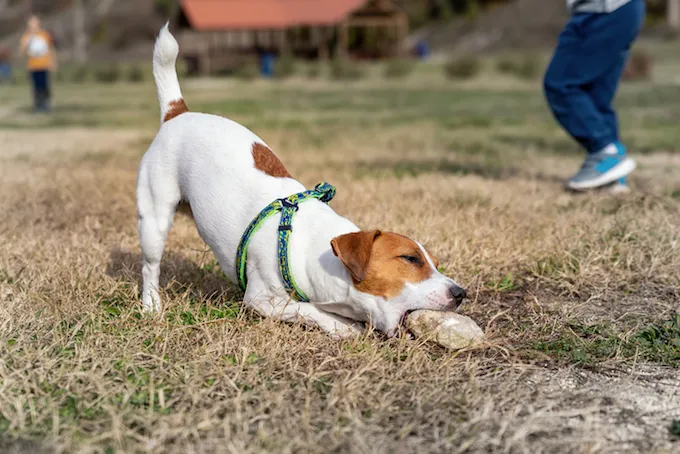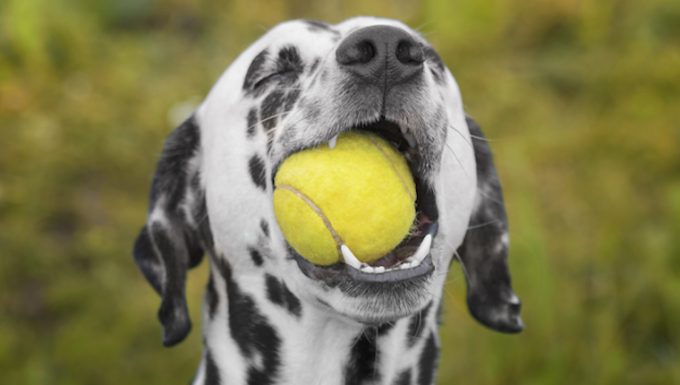Esophageal obstruction in dogs is basically when a foreign object gets stuck in a dog’s throat. This happens when a dog eats something they shouldn’t.
In general, smaller dogs are more likely to experience the condition. For instance, Terriers are particularly prone to it.
If you see the signs of esophageal obstruction in your dog, then get to a veterinarian for a proper diagnosis and treatment.
Here’s what you should know about the symptoms, causes, and treatments for the condition.
Symptoms of Esophageal Obstruction in Dogs
The condition produces a wide range of symptoms. For example, some of the most common symptoms include:
- Gagging
- Not wanting to eat
- Not wanting to play or exercise
- Drooling
- Breathing issues
- Seeming restless
- Difficulties swallowing
Causes of Esophageal Obstruction in Dogs

The cause of the condition is a dog eating something that’s too big. For instance, some of the common things that dogs eat to cause the condition include:
- Bones
- Balls
- Rocks
- Underwear
- Paper
Additionally, any objects that are also sharp can cause extra issues. In some cases, these can puncture the throat muscle walls.
Treatments for Esophageal Obstruction in Dogs
Firstly, your vet will ask about your dog’s symptoms. Secondly, your vet will ask about any circumstances where your dog could have eaten something that’s causing the problem.
Thirdly, a full physical examination will be carried out. Fourthly, an X-ray will be taken of the chest and throat.
Generally, an esophagoscope is also recommended. This produces images of the inside of the throat.
Treatment basically involves attempting to remove the foreign object. For instance, a vet might be able to do this using an endoscope. This is an instrument that is like a tube with a camera and tongs on it.
However, in more serious cases, a surgery is required to remove the object. This procedure is often accompanied by antibiotics.
As always, if your vet prescribes your dog any medicine, make sure to stick to the precise dose and frequency instructions. Also, complete the full course of medicine.
Finally, many dogs require a stomach tube while they are recovering. This is so they can ingest food safely.
Have you ever cared for a dog who suffered from this condition? How did your vet help your dog recover? Let us know in the comments section below.









